4 reasons to make Uganda your next safari destination
Uganda, aptly nicknamed The Pearl of Africa by Winston Churchill after his visit in 1907, is rapidly gaining a reputation for being a top-safari destination. It can now hold its own against safari behemoths like Tanzania, South Africa and Botswana. This landlocked country is home to 10 national parks and is also where the Nile River starts. If that hasnt swayed you to put Uganda at the top of your list, here are four reasons to consider Uganda for your next safari.
The price of a single-entry tourist visa has just halved
Exactly one year ago, Uganda raised the price of its tourist visa from $50 to $100 USD. In July of this year, the government reversed this increase to help promote tourism.
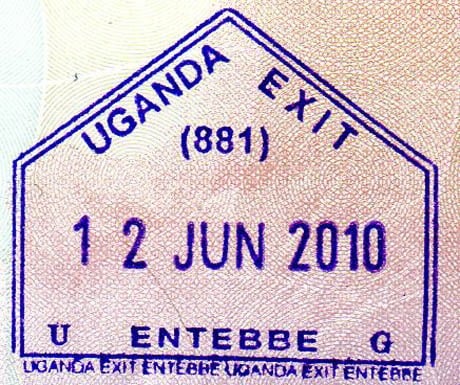
The price reduction puts it back on a level playing field with major safari destinations such as Kenya and Tanzania, which also have a $50 single-entry tourist visa (Tanzania price is $100 for US citizens). It also helps it compete with countries like South Africa and Botswana, which dont require any fees for stays up to 90 days.
Uganda is part of the East Africa tourist visa
For $100, visitors can purchase a tourist visa that is valid for up to 90 days and allows them entry to Kenya, Rwanda and Uganda.
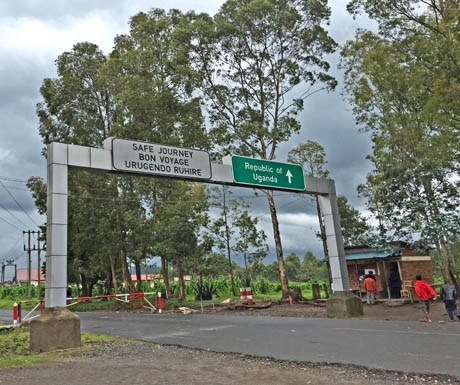
This is particularly attractive for those planning longer safaris and saves time at border crossings.
All of the Big Five can be seen in Uganda
A big lure for many safari goers is the opportunity to see all of the Big Five: buffalo, elephant, leopard, lion and rhino. Parks such as Queen Elizabeth National Park, Murchison Falls and Kidepo Valley currently feature four of the Big Five, the rhino can only be found at the Ziwa Rhino Sanctuary.
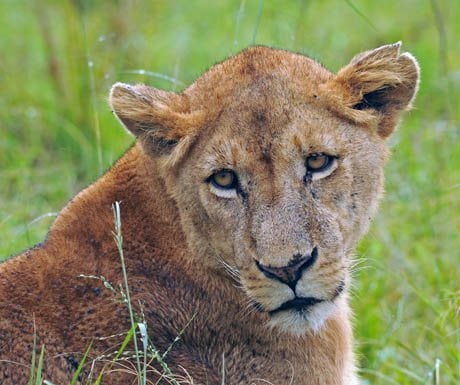
The rhino sanctuary is less than two hours from Murchison Falls and is en route to Kampala, making it possible to see all of the Big Five. On 11th June of this year, a male hippo was born who has yet to be named. They are taking suggestions until September.
Uganda is one of only three countries where you can see mountain gorillas
Uganda, along with DR Congo and Rwanda, is home to the last remaining populations of mountain gorillas. Uganda has two parks where the mountain gorillas can be tracked/trekked: Bwindi Impenetrable and Mgahinga. Between the two parks, nearly two-thirds of the worlds remaining mountain gorillas can be found.
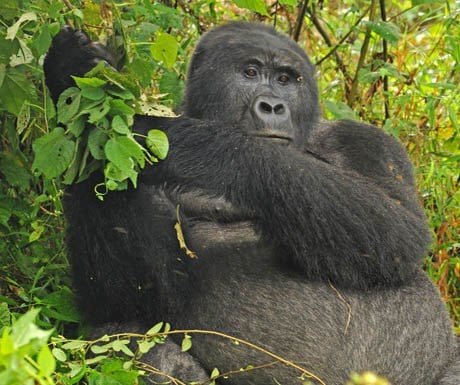
Also, a portion of all tracking fees go back to the local communities to help with school supplies and to supplement local farmers, whose crops can sometimes get eaten by neighboring gorillas.
Whether youre interested in seeing big game, visiting a rhino named Obama at a rhino sanctuary or trekking mountain gorillas, Uganda will not disappoint.
Javier Luque is a Co-Founder and Director of Your African Safari.
If you would like to be a guest blogger on A Luxury Travel Blog in order to raise your profile, please contact us.
Did you enjoy this article?
Receive similar content direct to your inbox.

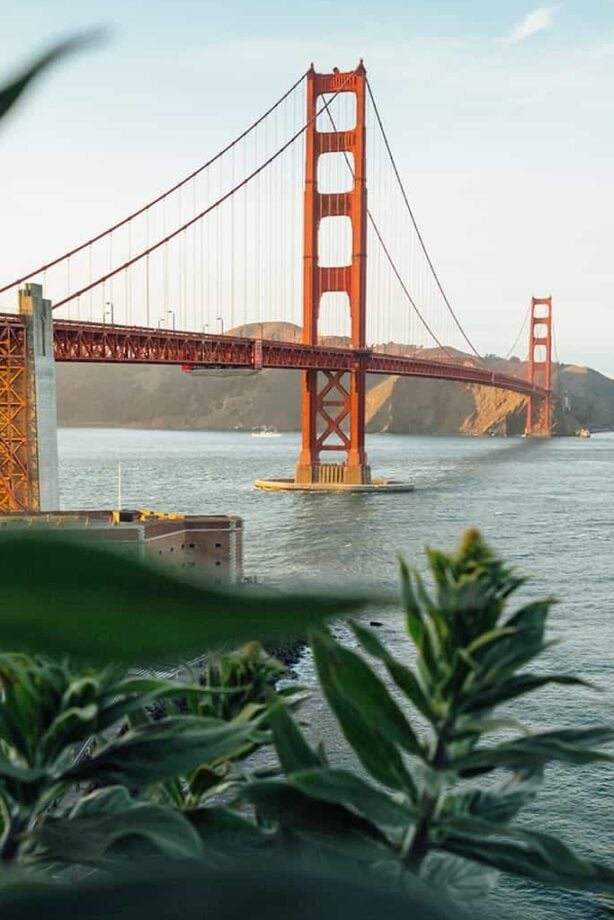
Gorilla Tracking in Uganda is an experience you will not get anywhere else in East Africa apart from Uganda. I never get enough of it
If you love #nature, #Uganda is the place to visit! 10 national parks, 4 regional parks and 6 nature reserves. Add the amazingly welcoming people, and you have a place that will stay with you forever.
Thanks for the great article showcasing Uganda as a must visit travel destination. Destination Uganda has so much to offer travelers and with all visa entry requirements being favorable to travelers so as to encourage more numbers. With lower competitive visa rates, more travelers will be able to consider destination Uganda competitively.
Don’t forget chimpanzees and shoebills (the coolest bird I’ve ever laid eyes on)! I think Uganda is the best safari destination in East Africa. We just returned from a two week trip.
Am glad you enjoyed your safari in Uganda and it is indeed the best safari destination not only in East Africa but the entire Africa. She boosts of being the best destination for both chimpanzee tracking and birding in Africa.
Uganda is home to over 5000 chimpanzees and these can be found in Kibale Rain Forest,Kalinzu Forest,Kyambura Gorge and Bundongo forest.The best chimpanzee experience by far is in Kibale Forest with hosts over 1500 individuals.
The shoe bill stork is the most sought after bird by bird lovers on a safari and can easily be seen in Uganda.
Uganda is home to over 1000 Shoe bill storks and these can easily be seen in Mabamba swamp,Nile delta in Murchison Falls National Park,Ishasha Sector,Kazinga Channel,Lugogo swamp and many other swamps in Uganda.
With the recent travel restrictions as a result of COVID-19 Ugandan tourism has come to a stop. The National Parks have been closed for a while now and it will be interesting to see how the sector picks up. One worrying trend is the threat that COVID-19 could have on Uganda’s primates. Administrators of gorilla parks are finding it difficult to keep the primates used to visitors since there are no tourists.
Two very good points there, Philip. I guess rangers, etc. are still visiting and checking on them, so hopefully that small amount of human interaction may allow them to still be used to tourists when they return. As for how COVID-19 affects primates, I imagine very little is known about that just yet since we still have so much to learn about the virus and how it affects humans, despite the large number of cases already.
As of August 2020, the primate parks were open and gorilla and chimp trekking resumed. The permits were discounted and more people visited the primates. The rules however changed to protect these primates.
1. You are required to have a mask on during the trek
2. The distance to be kept between you and the primates was increased to 9 meters.
All these are ensuring a continuity in primate trekking. The parks are open and receiving visitors
You are right. Gorilla trekking is the best tour activity to book as of 2021. Its really great to spend time with the primates in their natural homes in Uganda.
Thank you for sharing with us
Despite the past two years (2020 & 2021) when tourism in Uganda was highly disrupted by covid19 travel restrictions, the Pearl of Africa is now fully open to travelers. All National parks are open and all activities done with no limitation. However, travelers are required to have negative PCR results for covid19. The test must be taken 72 hours before travel
well the reasons are multiple but the three really stand out. thank you for putting this piece of information together.
Even though tourism is slowly getting back on track, we have believed that it going to be better than it was here in Uganda.
Thanks for the information. Uganda is an exciting and thrilling country to spend your holiday vacation.
Thanks, I personally think tourism in Uganda has kinder picked up